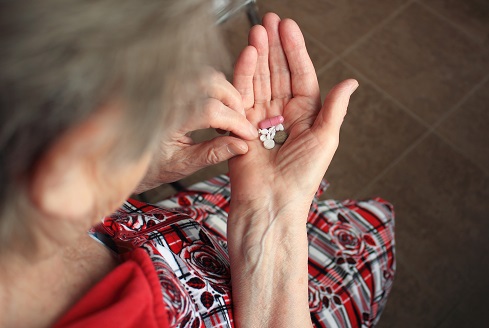Proposed changes to the marketing of private equity funds in Europe – good news or bad news?
20 March 2018
The European Commission announced a proposal for a supplementary AIFM Directive on 12 March 2018.

 Search
Search

Blog: The Buyout Board | 31 March 2017
Presenting a tremendous potential for growth fueled by domestic demographic and economic forces, China's healthcare industry has attracted notable PE investments in recent years. And with some commentators projecting that China's healthcare industry may be as large as US$1tn by 2020, this sector continues to hold a firm position on investors' radars.

Rising income levels, an ageing population and favorable government policies to support growth in the domestic healthcare sector have all contributed towards the increasing demand for healthcare in China. Against this backdrop, PE funds are investing heavily into China's healthcare industry. Notable deals in recent years have included the following:
China's plummeting fertility rates and the longer lifespans of its citizens are typical of countries entering later stages of demographic development. However, the One Child Policy (introduced in 1979 and phased out in 2015) has made a unique contribution to China's ageing population: the policy has created an entire generation of single-child couples that would typically take care of grandparents from both sides of the family. According to the World Health Organisation, China’s population of those who are aged 60 or older is set for a 90% rise to 240 million by 2020; the total fertility rate per woman has decreased from 6.11 in 1950 to 1.66 in 2015; and average life expectancy has risen from 44.6 years in 1950 to 75.3 years in 2015 (and is expected to be 80 years by 2050).
These statistics suggest that, in the near future, China will transition into having a relatively small working population that is heavily relied upon by a large elderly/retired population. This is expected to be accompanied by a shift of focus by the healthcare industry from maternal, child and communicable diseases to chronic diseases (often relating to age) and general healthcare. Such sociological factors and the resulting significant increase in demand for healthcare products and services have, in turn, given momentum to deal-making by PE and other investment in the sector.
Judging from the volume of healthcare-related investments that are flowing into China and the level of interest from PE investors in this sector at present, the opportunities and deal activity in China's healthcare industry are likely to remain strong in the foreseeable future.
